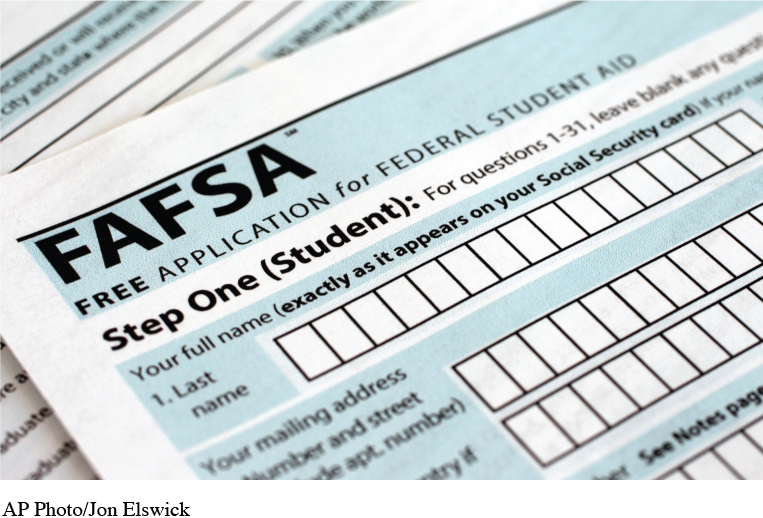Qualifying for Aid
Most financial assistance requires you to fill out some kind of application form. The application used most often is the Free Application for Federal Student Aid (FAFSA). Every student should complete the FAFSA by the earliest deadline of the colleges you are applying to. Be sure to log on to the FAFSA Web site at fafsa.ed.gov; you will find it very informative. If additional forms are also required, such as the College Board’s PROFILE form (student.collegeboard.org/css-financial-aid-profile) or individual scholarship applications, they will be listed in colleges’ financial aid or admissions materials or by the organizations that offer scholarships. See the section "Steps to Qualifying for Financial Aid" for an outline of the steps you must take to qualify for most scholarships and grants, especially those sponsored by the federal government or state governments.

The amount of financial aid that you receive will depend on the cost of your academic program and what you or your family can pay as determined by the FAFSA. The cost includes average expenses for tuition and fees, books and supplies, room and board, transportation, and personal expenses. The financial aid office will subtract from the cost the amount that you and your family are expected to pay. In some cases, that amount can be as little as zero. Financial aid is designed to make up as much of the balance or “need” as possible.